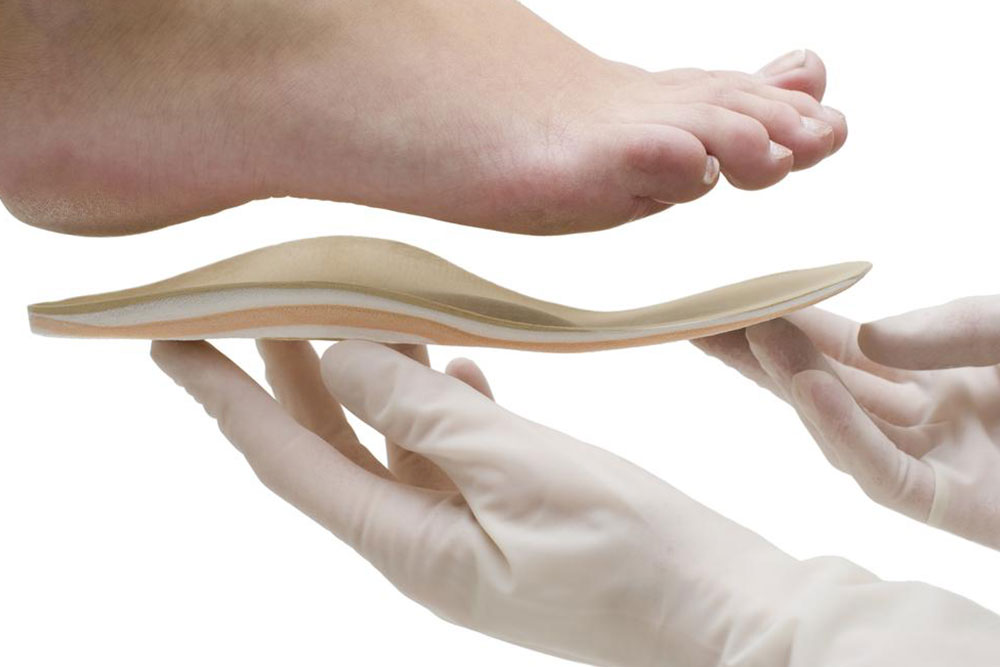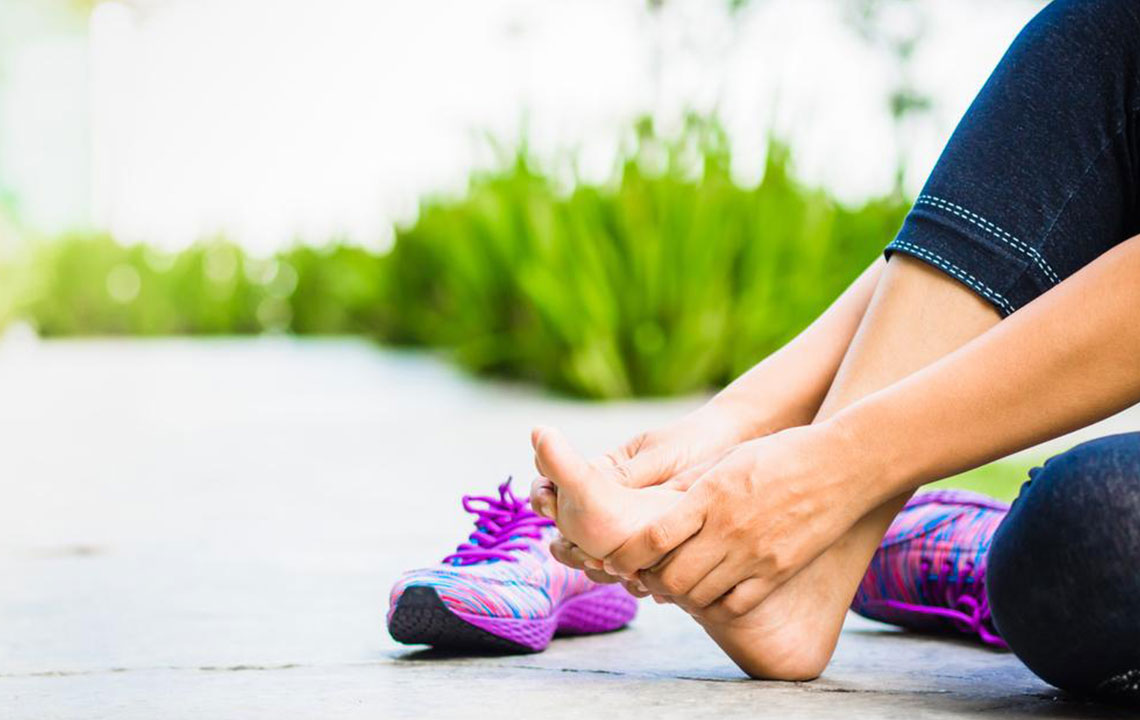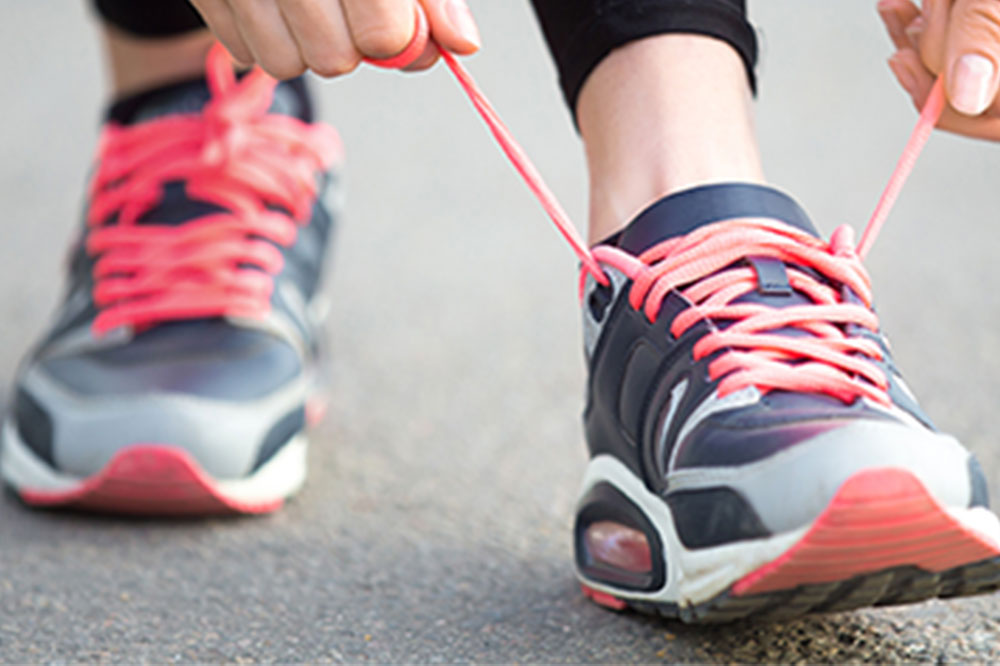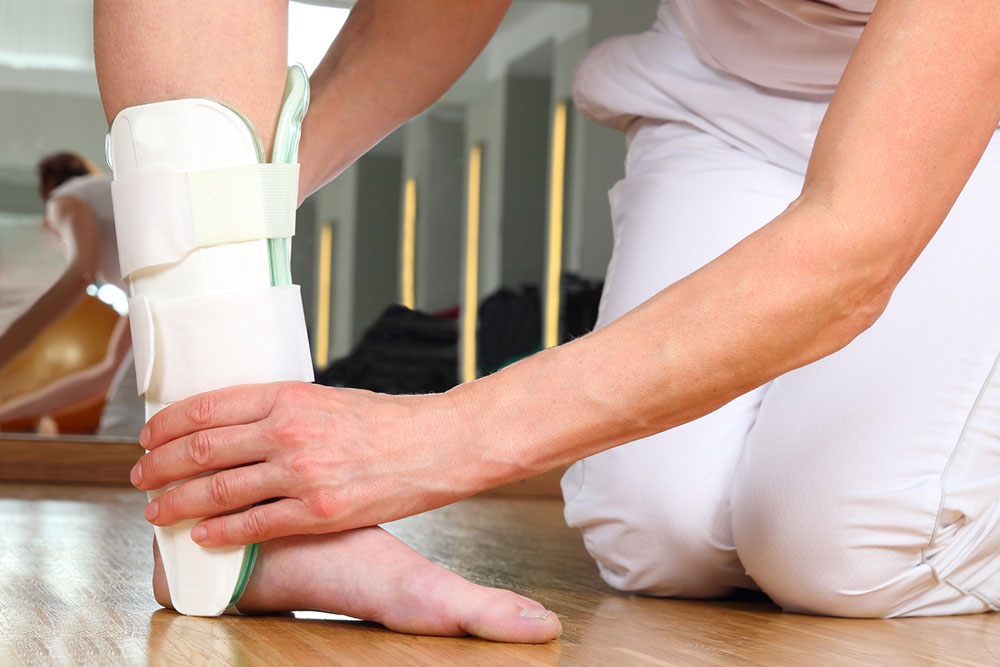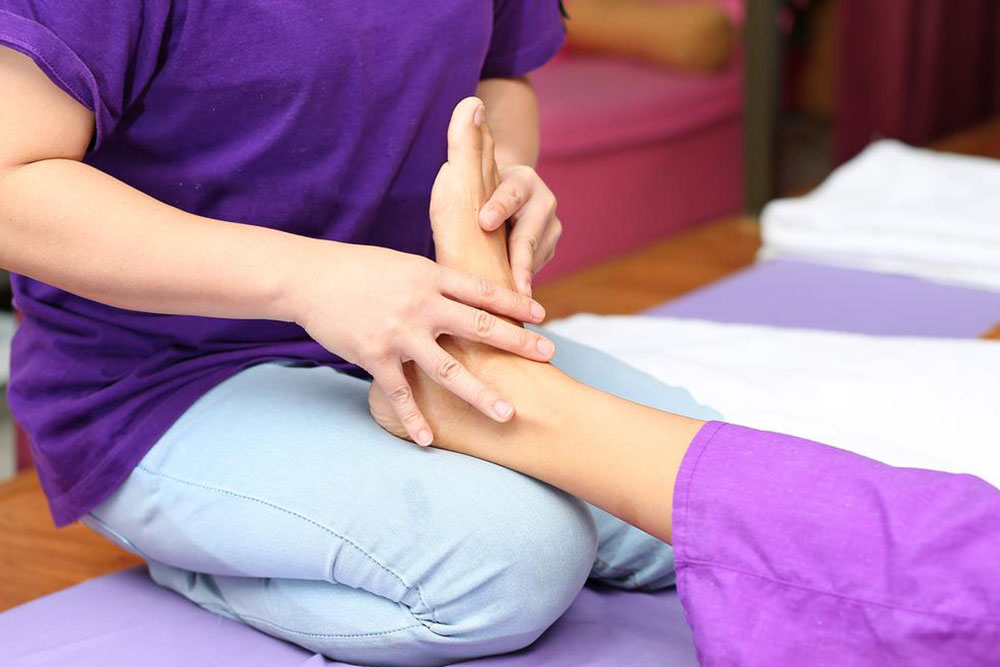Different Categories of Orthotic Devices
Discover the various types of orthotic devices designed to support, correct, and aid individuals with skeletal, muscular, and cognitive issues. From supportive foot orthotics to innovative cognitive systems, learn how these tools improve mobility and quality of life. This guide explores the essential categories and their roles in healthcare, highlighting their importance in injury prevention, correction, and cognitive assistance.
Sponsored
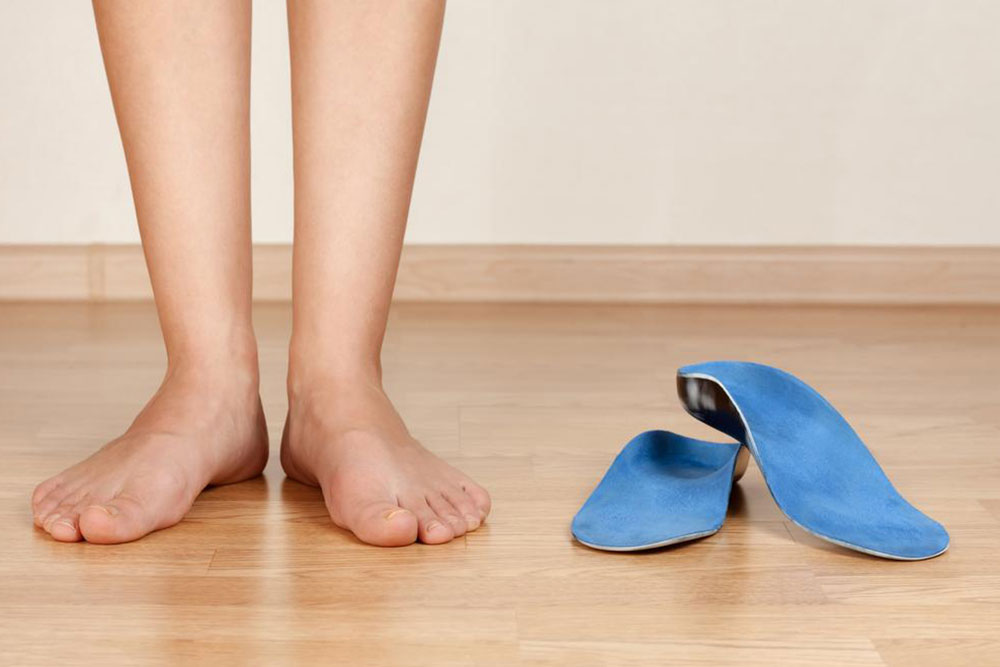
Orthotics, originating from the Greek term meaning to straighten or align, refers to specialized external devices used in healthcare. These devices are designed to correct or support the skeletal and neuromuscular systems. A skilled professional, known as an orthotist, assesses individual needs, creates prescriptions, and manages the manufacturing and fitting of orthoses to enhance movement and function.
Supportive Orthotics
The primary category includes devices built to improve abnormal foot biomechanics. Constructed from supportive plastics, these orthotics help prevent issues like overpronation or flat arches, while reducing impact during movement. They aim to stabilize joints such as the subtalar and rearfoot, supporting the midfoot and midtarsal regions to prevent injuries related to overuse.
The supportive orthotics are effective in addressing various foot deformities.
Comfort Orthotics
Comfort orthotics are designed with soft supportive materials to ease mild discomfort in the feet and legs. They assist in correcting minor gait problems and biomechanical irregularities, including toe-in or toe-out walking patterns. This type includes gait plates, splints, and night braces, which help recalibrate walking mechanics and address issues like metatarsus adductus or hip rotation abnormalities.
Cognitive Support Devices
Advances in orthotic technology have led to the development of software-driven systems that aid individuals with cognitive impairments such as memory loss or confusion. For example, those recovering from brain injuries can benefit from these devices, which are often integrated with digital assistants, artificial intelligence, and personalized programming to support daily activities and improve independence.
These multifunctional cognitive systems are designed to assist with essential tasks, helping individuals achieve personal and practical goals. In summary, orthotics aim to protect and support individuals through various stages of recovery, making this a rapidly expanding field that is transforming lives across many therapeutic areas.

